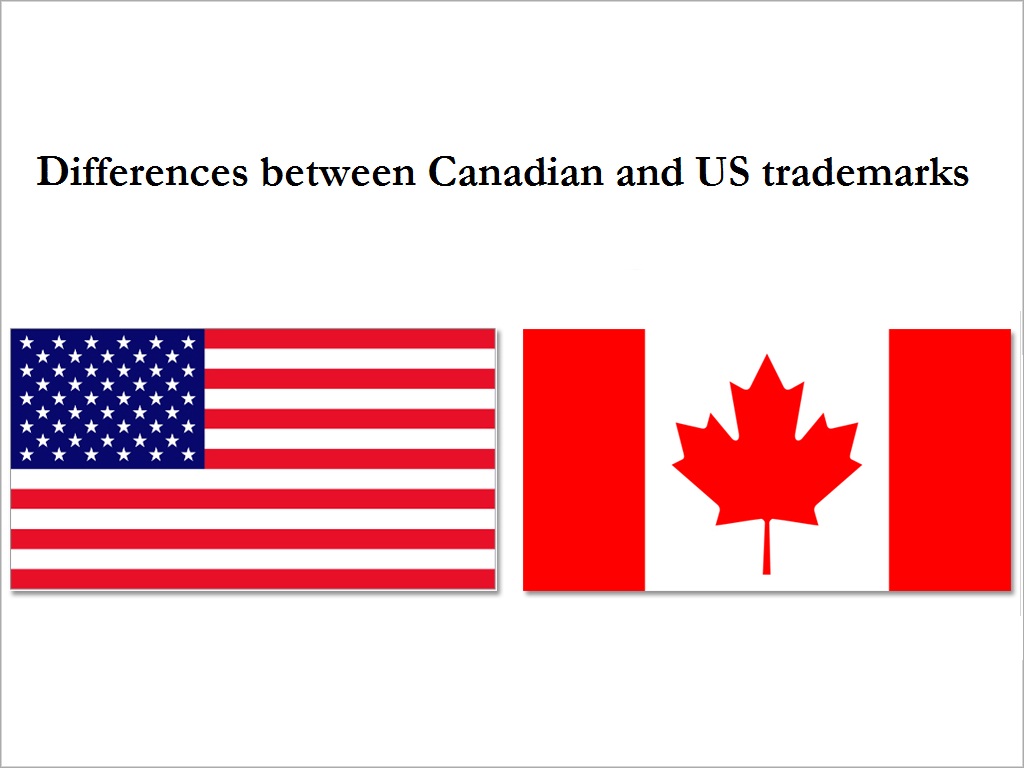Updated on May 27, 2019 and on Jan 6, 2024
New trademark law is coming into effect on June 17, 2019
For several years, Canada continued to be among the select few developed countries that were not a signatory to global accords and agreements that enabled businesses to protect their brands by way of international trademark applications. But eventually, Canada took strategic measures for bringing into line its trademark regulations with international conventions followed by the majority of nations. It was in 2014 on 19th June that the Canadian Parliament tabled a bill which incorporated the most important proposed amendments in the nations trademark laws which were originally drawn up while preparing the Trademarks Act, R.S.C. 1985. c.T‐13.
The bill came into effect from 19 June 2014 becoming a law and exactly after three years on 19th June 2017, the government issued draft conventions which when ratified will lead to the de‐facto execution of the changes that were initiated in 2014.
This article is an earnest endeavor to highlight the revisions and adjustments to trademark laws brought about by the Stephen Harper government in 2014 and their short‐term as well as long‐term repercussions on Canadian and non-Canadian business organizations. However, before elaborating on the changes, it won’t be out of place to mention the implications arising out of Canada not adopting the international trademark laws on firms doing business in Canada but not registered in that country. Companies and corporate entities having a branch in Canada but incorporated in some other country were required to hire a local or regional trademark agent who would file applications on their behalf.
Filing a separate trademark (apart from submitting an international trademark application) request in writing was crucial in order to hold onto the uniqueness of a brand and to protect the same from getting duplicated. The antiquated trademark regulations also meant that homegrown companies looking to explore global markets and set up branches in other countries could not benefit from the international conventions. Canadian commercial establishments, intending to do business abroad either had to establish a new factory or branch office or had to submit umpteen trademark applications.
And needless to say, both options were time‐consuming, subject to red tape complications and resulted in a drain of scarce resources. A specific set of professionals and establishments hugely benefited from the isolationist policy followed by Canada‐intellectual property rights lawyers, trademark attorneys and lawyers, and the large law firms. So it was these individuals and institutions that protested most vociferously when Canada decided to merge its trademark stipulations with the global standards as their vested interests were at stake.
While a few of the proposed amendments came into effect almost immediately after the bill was passed in Parliament, the remaining ones were kept in abeyance on the premise that these needed to be molded for easy adoption by those for whom these were meant. The government has backtracked several times on effecting the remaining changes ‐ they were supposed to be in force soon after they were passed. However, with the government introducing some draft legislation, asking the public for their feedback on the same, the changes come could come into effect very soon.
So, let us review the changes in detail:
- The most noticeable benefit Canadian and non‐Canadian companies will reap is that they will ultimately be in a position to submit applications internationally hinged on registrations filed in their home countries. Simply put, foreign companies intending to operate in Canada and vice‐versa will no longer have to file separate applications. In other words, once a firm files for trademark registration in its native country, it will just need to submit an international claim based on the original trademark by simply ticking off the countries where it wishes to file a trademark.The global application form can be filled up in any one of the internationally recognized languages and the fees (payable to trademark bureaus) worldwide will be less than filing separate trademarks. Most significantly, the firm will be relieved from the hassle of hiring a local law firm or agent in every country as it legal representative.
- In addition, use of the word “use” will be done away with. The trademark application procedure in the days to come will become more simplified as registrations will not anymore be pivoted on the desired use. Nobody will be required to declare or specify use while filing for a trademark. You simply submit your application without having to clarify the dates of the first use in Canada. This modification implies that the onus of safeguarding your brand is on you and not on the government.This is fully justified since you cannot expect the Trademark Office to come to your rescue if you are not concerned about protecting your trademark. Nevertheless, that does not imply you stand to lose control over your brand if some other company or entrepreneur makes it to the Trademark Office before you and files a trademark application. You can oppose registration of their trademark or take the person or establishment to court for claiming that you were the first user of the trademark. In the latter case, it will be a long‐drawn and expensive process which you can conveniently avoid by simply being an early bird and filing your trademark in the first place.
- Now, it’ll be a lot easier for companies or individuals to register a trademark for brands that have a distinctive shape on the basis of which these can be differentiated from other similar products. Previously, the rules and regulations pertaining to the filing of trademarks for such products were shrouded in nebulous clauses which made it incredibly difficult for the applicants to comprehend the literature and file such an application.Thankfully, those stipulations have been jettisoned for good and even the terminologies (i.e. distinguishing guise) have been dispensed with. If you own any brand which your existing customers can easily distinguish from other comparable products, then the procedure for submitting a trademark application is simple and easy and devoid of any complicated legalese.
- Canada will be adhering to the Nice Classification of Goods and Services. According to this categorization standard, all products and services are sorted into 45 classes ‐ 34 product classes and 11 services classes. Going forward, all applications for trademark registration will first have to specify the product or service class under which the specific brand falls before a trademark application is filed. Canadian legislators were completely at a loss to find a way of aligning the national Canadian trademark law with the international conventions by circumventing this goods and services classification system. Another significant fallout of this specific amendment is the fees or charges you pay to the Canadian government for submitting a trademark application will be determined by the total number of classes under which you are filing. The net effect will be that you will end up paying somewhat more than what you may have to pay right now if you filed your application today. Currently, you make a single payment of CAD 250 to the respective authorities for a trademark registration, regardless of the number of products and/or services your application includes. You also have to pay an extra CAD 200 for the trademark registration fees once your application is allowed. In future, you will not be required to pay the CAD 200 registration fee but you will have to pay CAD 330 for the initial class under which you submit the application and an additional CAD 100 for every extra category or class you seek a trademark for. So, in effect, you stand to save 120 dollars if you file in a single class and 20 dollars if the application is for 2 classes and so on and so forth. You might be saving quite a lot if you file immediately for a brand that branches out into numerous related products or services. If you submit your application in the near future, you’ll need to pay the mandatory CAD250 instead of the CAD330 that is being proposed.As of January 1, 2024 CIPO has further increased all fees. For the first class of goods or services to which the application relates, the fee is C$458.00 and for each additional class of goods or services to which the application relates as of the filing date is C$139.00. Renewal fees are now C$555.00 for the 1st class and C$173 for each additional class.
- Divisional or sectioned applications will be accepted and processed. This will make it easier for businesses to proceed with a part of the trademark application, which was non‐problematic by dividing the application into two parts while keeping the problematic part of the application separate. So it will be possible to divide a single application into two separate applications.
- The renewal period will come down to 10 years from 15 years. This alteration is again an inducement for businesses and entrepreneurs who are yet to file an application for a trademark as the anticipated shortening of the registration term period might propel them to rush to the trademark office. This reduction should not be viewed as something that is going to adversely affect your business.
- Some changes are proposed to the deadlines and order of opposition proceedings. The rules on onus will make it more difficult for opponents to show entitlement, because use information will no longer be part of the filing information, and because it is likely going to be very difficult to show a lack of intent to use a mark. It’s likely we’ll sees many more oppositions going forward.
- Some changes will be made to procedure and timing in the cancellation proceedings. The elimination of the use requirement will result in many marks on the Register that are not used at all, or not used for some of the products or services. So as result there will likely be more challenges for non‐use.
- Canadian Intellectual Property Office will start examining trademarks for distinctiveness and may be able to request proof of distinctiveness. This new examination may make registration of non-traditional trademarks more difficult.
- During the assignment or merger process it will no longer be necessary to submit documentary proof unless the Trademarks Office asks for it.
To say last but not the least, Canada should have, long ago, scrapped the archaic and outdated official marks popularly known as superpower marks awarded to higher education establishments and almost all public bodies. Unfortunately, this is not going to happen (at least not for now). These superpower marks override the normal trademarks and enclose in its sweep an extensive range of products and services (all of them, to be precise). Such official marks are not subject to the regular terms and conditions guiding general trademarks and never expire.
Closing up, it would not be out of place to suggest that if you are a business owner who has a brand that is not yet registered with the Trademarks Office then it is high time you should have filed a trademark application. In fact, the best time to submit a trademark registration is now.





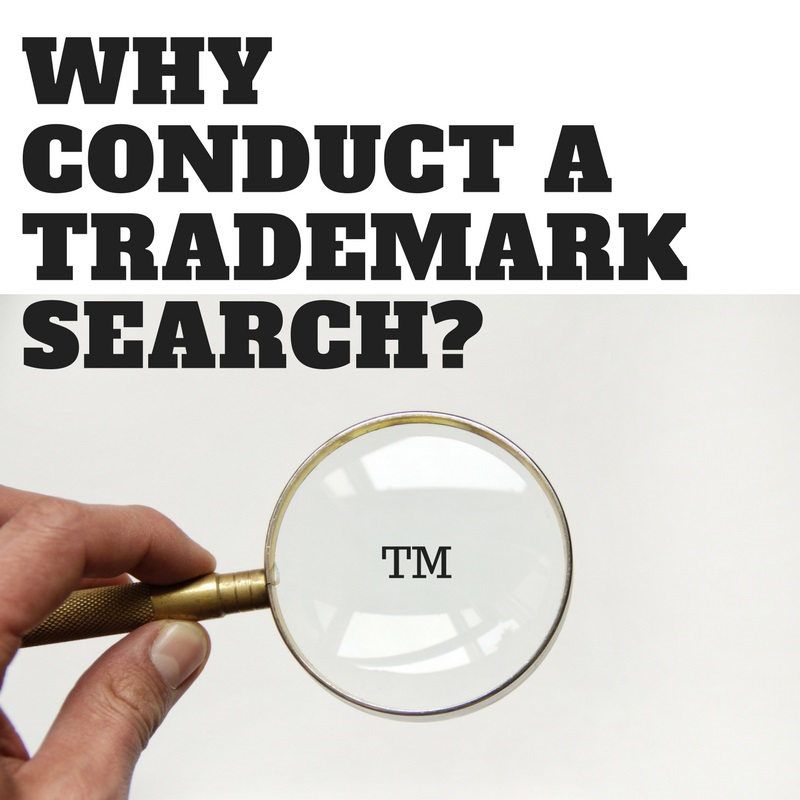





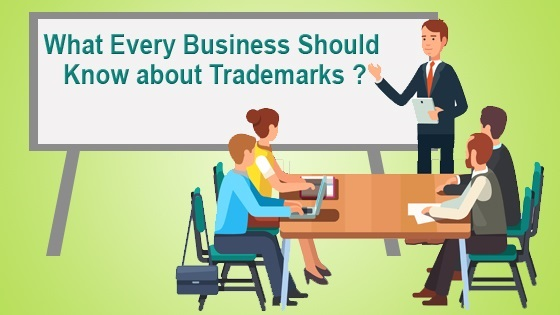
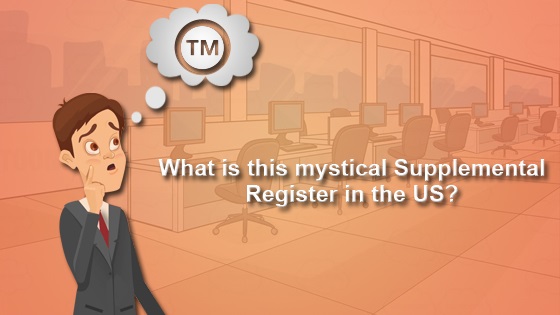

 – stylized mark. Protects the text in its stylized form.
– stylized mark. Protects the text in its stylized form. – logo without words.
– logo without words.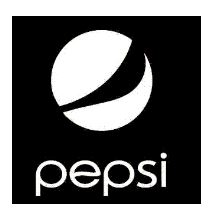 – combined logo (in most cases, it’s not necessary to file a combined logo separately if a word mark and logo are registered)
– combined logo (in most cases, it’s not necessary to file a combined logo separately if a word mark and logo are registered)